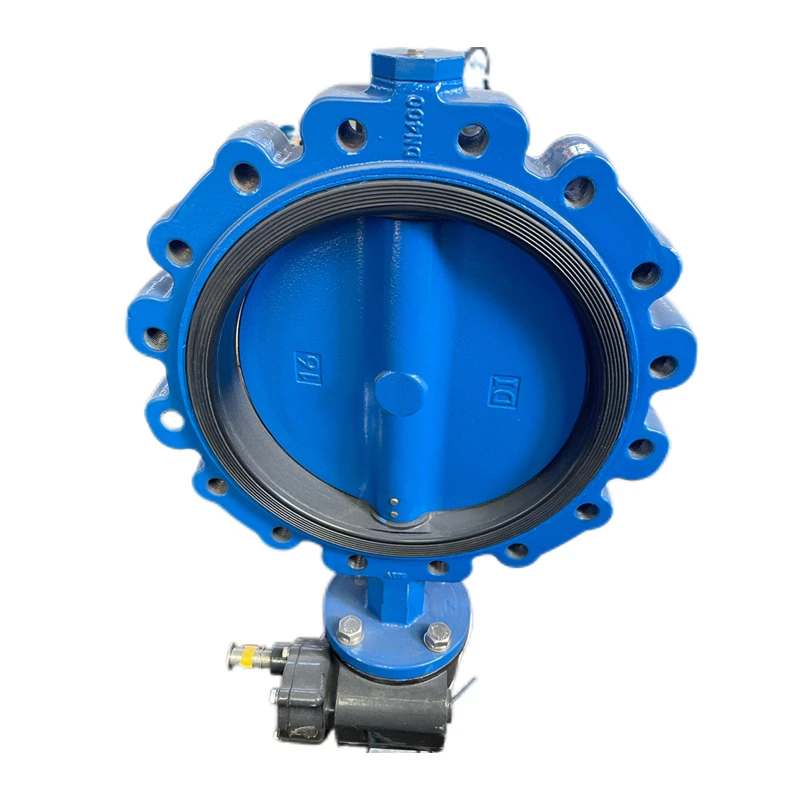12月 . 01, 2024 19:17 Back to list
ansi gate valve
Understanding ANSI Gate Valves Function, Design, and Applications
Gate valves are an essential component in various fluid control systems, primarily utilized in industrial applications. Among the different standards that govern the design and manufacturing processes of these valves, the American National Standards Institute (ANSI) plays a crucial role. ANSI defines the specifications and standards for gate valves, which ensure reliability, safety, and quality in various environments.
What is a Gate Valve?
A gate valve is a type of valve used to start or stop the flow of fluid. Unlike other types of valves that regulate the flow, a gate valve is designed to operate fully open or fully closed. This means that when the gate valve is fully opened, there is minimal resistance to the flow, making it ideal for applications where full flow is needed. Moreover, gate valves are characterized by a sliding gate that either blocks or allows liquid flow through the pipeline.
ANSI Standards for Gate Valves
ANSI standards provide a framework for the design, testing, and manufacturing of gate valves, ensuring they can withstand specific operational conditions. ANSI gate valves are designed to operate under high pressure and temperature, making them suitable for various industrial applications, including oil and gas, water treatment, and power generation. The standards dictate aspects such as the valve's materials, dimensions, pressure ratings, and testing procedures.
One of the essential aspects of ANSI standards is the classification of gate valves based on their pressure-temperature (P-T) ratings. These ratings help users select the appropriate valve for specific applications, ensuring compatibility with the fluid being transported and the conditions under which the valve will operate.
Construction and Design Features
ANSI gate valves are constructed from various materials, including cast iron, bronze, stainless steel, and carbon steel, among others. The choice of material depends on the specific application and the properties of the fluid being controlled. For instance, stainless steel valves are preferred in corrosive environments, while cast iron valves are often used in waterworks.
The design of an ANSI gate valve includes several key components the body, the seat, the gate, and the actuator. The body provides the structural integrity, while the seat is the surface against which the gate seals when the valve is closed. The gate, often shaped like a wedge, moves vertically within the valve body to open or close the flow. The actuator, which can be manual, electric, or pneumatic, facilitates the movement of the gate.
ansi gate valve

Advantages of ANSI Gate Valves
1. Minimal Pressure Drop Because gate valves are designed for minimal flow resistance when fully opened, they are ideal for applications where maintaining pressure and flow rate is crucial.
2. Reliable Sealing When closed, gate valves provide a tight seal, preventing leakage and ensuring the proper containment of fluids.
3. Durability ANSI gate valves are built to withstand high-pressure and high-temperature environments, which translates into a longer service life and reduced maintenance costs.
4. Versatility These valves can be used in a variety of applications, including oil and gas pipelines, water supply systems, and various industrial processes, showcasing their adaptability.
Applications of ANSI Gate Valves
ANSI gate valves are widely utilized across various sectors due to their reliability and efficiency. In the oil and gas industry, they are employed for both upstream and downstream processes, including exploration, production, refining, and distribution. In municipal water supply systems, gate valves are critical for controlling the flow of water and isolating segments of the pipeline for maintenance or emergencies. Additionally, they are found in power plants, chemical facilities, and HVAC systems.
Conclusion
Understanding ANSI gate valves is integral for anyone involved in fluid control systems. By adhering to ANSI standards, these valves not only ensure the efficiency and reliability of operations but also enhance safety across various industries. Their design, construction, and adaptability make them a vital component in the management of fluid systems, underscoring their importance in modern industry.
Share
-
Reliable Wafer Type Butterfly Valves for Every IndustryNewsJul.25,2025
-
Reliable Flow Control Begins with the Right Ball Check ValveNewsJul.25,2025
-
Precision Flow Control Starts with Quality ValvesNewsJul.25,2025
-
Industrial Flow Control ReliabilityNewsJul.25,2025
-
Engineered for Efficiency Gate Valves That Power Industrial PerformanceNewsJul.25,2025
-
Empowering Infrastructure Through Quality ManufacturingNewsJul.25,2025